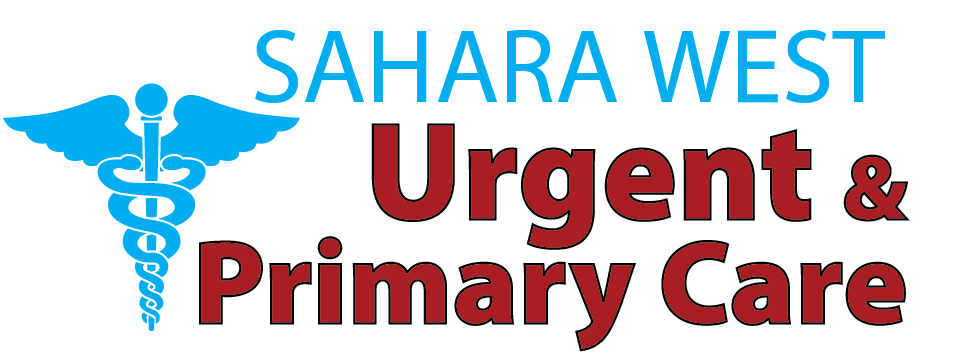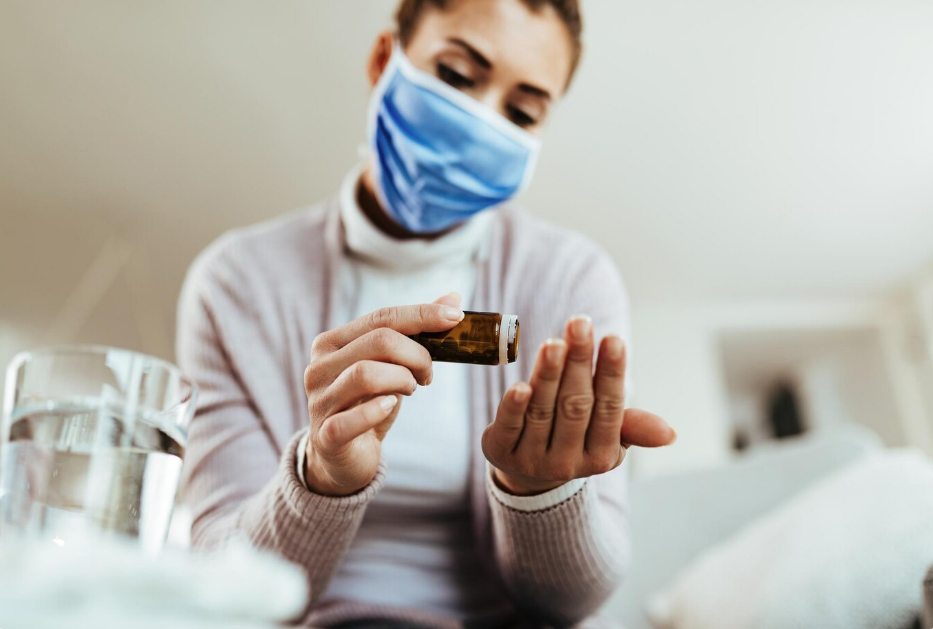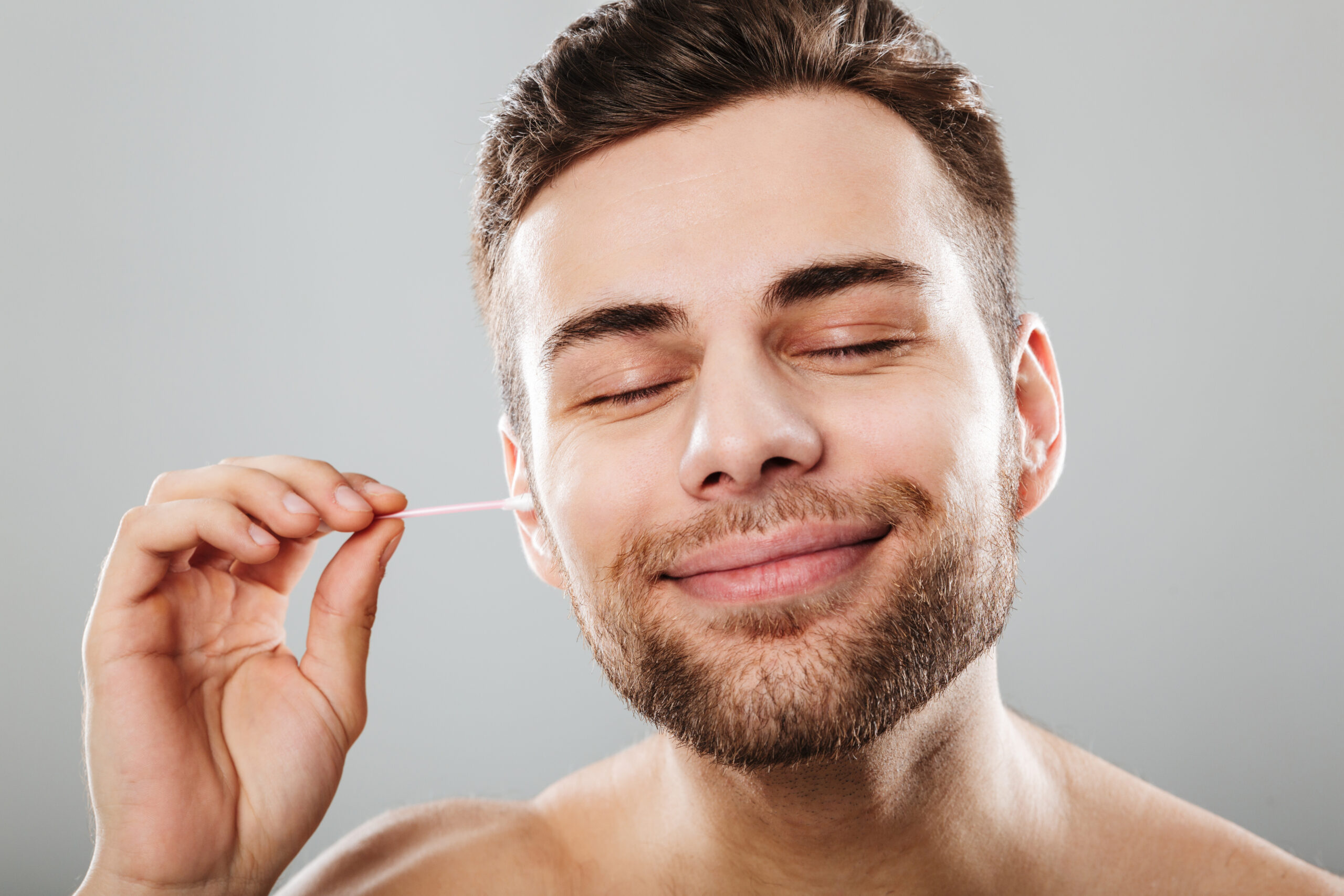The purpose of a drug test is essential in numerous spheres of life, such as employment, health, sport, and even law. This manual provides a comprehensive yet user-friendly explanation, which has a well-organized and simple structure and includes the topics of all kinds of tests for reading the results. That is where all the necessary information will go in a human tone and SEO optimized without keyword stuffing.
What Is a Drug Test?
Drug testing is a test on a population, animal, or plant, the meaning of which is to find certain substances (such as illegal or controlled drugs or metabolites of alcohol) in their biological material. The common samples are urine, blood, saliva, hair and sweat. Every method of testing is useful and presents individual detection windows and accuracy rates as per the testing situation.
Testing with drugs can be used in cases of safety (e.g., at the workplace), strengthening clinical decision-making (such as checking a prescription), upholding ethical purity in sports, and also to meet legal obligations (such as probation or custody situations).
Why and When Are Drug Tests Conducted?
Employment and Workplace Safety
Drug testing is also employed by organizations to check that employees are not under the influence during work time- especially in lines of duty that require the employee, like a driver or a machine operator, not to be under the influence. Most industries have laws requiring pre-employment, random, and post-accident testing as a means to ensure their workplace is drug-free.
Medical and Therapeutic Contexts
Doctors can use drug tests to check substance abuse, or they monitor the patient who is taking drugs such as opioid pain killers or antidepressants. It helps them to assure compliance, adjust treatment, and avoid adverse interactions.
Legal, Forensic, and Probationary Use
The drug testing is usually demanded by the courts or law enforcement agencies of individuals under probation, on parole, involved in child custody matters, etc. Such tests are used to keep sobriety in check and determine chemical abuse to hold the offender responsible.
Sports and Athletic Integrity
Sports institutions, both at the international and national levels, have enforced the use of drug tests to identify performance-enhancing drugs and reinforce the anti-doping policies. These exams favor justice and guarantee the well-being of the athletes.
Types of Drug Tests and Their Unique Features
Urine Testing
The expenditure is minimal, and this is the easiest way to collect it. It identifies recent drug use, usually within 2 to 5 days of most drugs. Although appropriate in screening most daily patients, it is not as precise with impairment that could happen in real time.
Blood Testing
It is widely used because of its high percentage of accuracy, particularly when measuring the prevalence of the current drug or alcohol present. The more invasive and expensive alternative to urine screening is the blood tests that can assist in the real-time checkup of impairment.
Saliva Testing
They do not need any invasive procedure and are widely utilized in road testing where a prompt analysis is required. The Saliva tests are somewhat conclusive within the time frame of 24 to 48 hours when it comes to establishing whether the drug usage was recent; the older the usage, the less likely the test is to be conclusive, and there are diverse limits regarding sensitivity.
Hair Testing
Offers a long-term history of drug use of the subject and identifies drugs as far as 90 days after the exposure. Hair tests are more time-consuming and expensive and, therefore, can help reveal a trend but not file eating.
Sweat Patch Testing
A small sticker that you fix on yourself and which records regular substance use after a few days or weeks. It can be easily employed in a probation or rehabilitation program as it provides the capacity for continuous monitoring.
At-Home Test Kits
These kits are popular due to their convenience and privacy; they also give fast initial results. Nevertheless, they are not quite accurate as laboratory tests and their findings do not have legal powers-or rather validity, unless supported by subsequent testing.
How Drug Testing Works: Procedural Details
Preparation
There is also a possibility of receiving instructions before testing to avoid excessive fluids, hair products, or even medication, to ensure the results of the test are correct in order to avoid tampering with the sample or diluting it.
Sample Collection
- Urine: Typically provided in a private setting and immediately sealed.
- Blood: Drawn by a trained professional to maintain sterility and minimize risk.
- Saliva: Collected via a swab inside the cheek or under the tongue.
- Hair: Cut close to the scalp to obtain a representative growth sample.
- Sweat: The Patch adhered to the skin and was worn for a predetermined time.
Chain of Custody & Laboratory Procedures
All samples are identified, recorded, and sent to an accredited lab. The first screening is done by immunoassay screening of a variety of substances. Once any positive answer is given, a confirmatory test is done, such as GC-MS (Gas Chromatography Mass Spectrometry) or LC-MS (Liquid Chromatography Mass Spectrometry) to check specific drug concentrations precisely.
Substances Detected in Drug Tests
The most usual drugs tested are THC (marijuana), cocaine, amphetamines, opiates (heroin, morphine, and codeine), PCP, and benzodiazepines. Prolonged panels are also prone to fentanyl, barbiturates, methadone, antidepressants, sedatives, and ADHD drugs such as methylphenidate. Specificity of tests and their sensitivity are dependent on the testing practices and laboratory guidelines.
Interpreting Drug Test Results: What They Mean
Negative Result
This will imply no traceable substance beyond the set bar, which may mean no use at all or a concentration of the drugs too low to cause confirmation.
Positive Result
A positive outcome indicates that the same level of drugs exceeds the cutoff levels in the laboratory. The legitimate use of a prescription may lead to a positive result as well; therefore, it is important to provide viable medical records before the test.
False Positives and Confirmatory Testing
A positive result may happen accidentally due to selecting over-the-counter medications, health supplements or cross-active substances. In case of this case, there is a confirmatory GC-MS or LC-MS test done in order to properly identify the substance and exclude the possibility of a false-positive.
Accuracy, Limitations, and Detection Windows
Sensitivity vs Specificity
- High sensitivity: Able to detect low drug levels, increasing false-positive risks.
- High specificity: Reduces false positives but may miss very low concentrations.
Detection Windows Comparison
- Urine: 2–5 days
- Saliva: 1–2 days
- Blood: Hours to a couple of days
- Hair: Up to 90 days
- Sweat patch: Continuous monitoring over days/weeks
These timeframes depend on factors such as metabolic rate, frequency of usage, dosage, and individual health.
At-Home vs Professional Drug Testing
Home Test Kits
✅ Convenient and private
❌ Variable accuracy, no legal acceptance, no professional oversight, or chain of custody
Lab-Based Testing
✅ Accurate, legally valid, medically reliable
❌ Requires scheduling, often costs more, more time-consuming
For official purposes like employment, medical diagnosis, or legal requirements, laboratory-based testing remains the gold standard.
Legal, Ethical, and Privacy Considerations
Consent
To meet the privacy law, drug testing usually involves voluntary and informed consent, in particular, in medical and employment settings.
Employer Policies
Organizations have to be in compliance with labor laws, confidentially manage results, and with nondiscrimination in regard to their drug use policy.
Data Privacy
The results of tests are confidential and are covered by the laws of health and employment data, such as HIPAA in the US or GDPR in Europe. Clearly defined policies and methods of data control and protection are necessary.
Costs and Insurance Coverage
- At-home kits: Low cost ($10–$50) but limited validity
- Lab tests: Variable ($100–$300+) depending on panel complexity
- Insurance: Often covers medically necessary tests prescribed by a physician, but typically excludes employment or legal screenings unless medically required
Preparing for a Drug Test: Best Practices
- Disclose all prescription and OTC medications at the start
- Drink water—avoid excess—to aid natural metabolism
- Avoid unverified “detox” solutions; they may cause dilution and retests
- Bring valid ID and any required paperwork
- Inform the collector if you have medical conditions affecting sample integrity
Common Misconceptions About Drug Testing
“Natural flushes or detox drinks guarantee passing.”
– Most lack scientific validation; labs can detect dilution and mandate retesting.
“Hair tests detect recent use.”
– Hair reflects long-term history, not immediate drug use within hours or a couple of days.
“Positive means addiction.”
– Not necessarily—legitimate use under a prescription or exposure (like secondhand smoke) could cause a positive result.
Conclusion
Drug tests have a variety of valuable uses, which include, but are not limited to, assuring workplace safety as well as medical surveillance and enforcement of the legal or athletic requirements. The different types of tests vary in advantages, detection, and accuracy patterns. In order to pass a drug test, it is important to follow instructions properly, to report on the use of medications, and to apply laboratory-based powerful practices when precision and documentation matters are involved.
Looking to get a personalized solution to your case, be it employment screening, medical surveillance, or regulation? Reach out to check our professional experiences, materials, and services.
To get some meal ideas, hydration tips, and lifestyle tools to feel renewed every day, download our free Drug Detox Center Support Guide! To schedule your appointment with the highest standard of care, visit Sahara West Urgent Care on our website, where you can also explore more informative blogs.
Frequently Asked Questions
How fast do I get urine test results?
Results typically arrive within 1–3 business days. Initial on-site screens may take just minutes, but confirmatory testing extends processing time.
Can detox drinks help me pass?
Most commercial detox solutions lack proven effectiveness. Moreover, labs look for indicators like low creatinine levels, which may suggest dilution.
Do prescription medications show up as illegal drugs?
Not usually. If you provide a valid prescription, labs can differentiate legal therapeutic compounds from illicit substances.
Is drug testing 100% accurate?
No. Errors can’t be entirely ruled out. That’s why confirmatory testing and standardized chain-of-custody protocols are vital safeguards.




